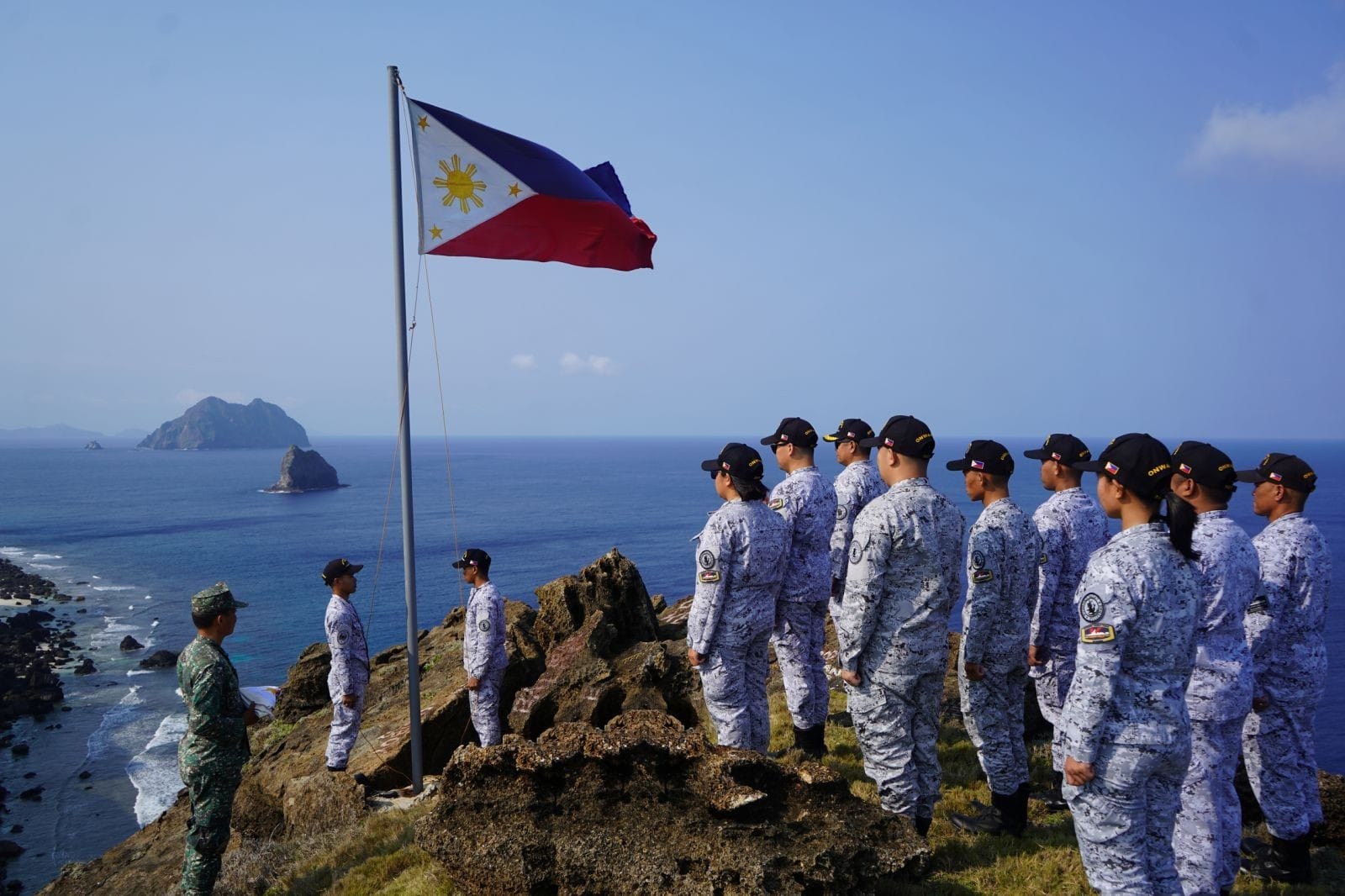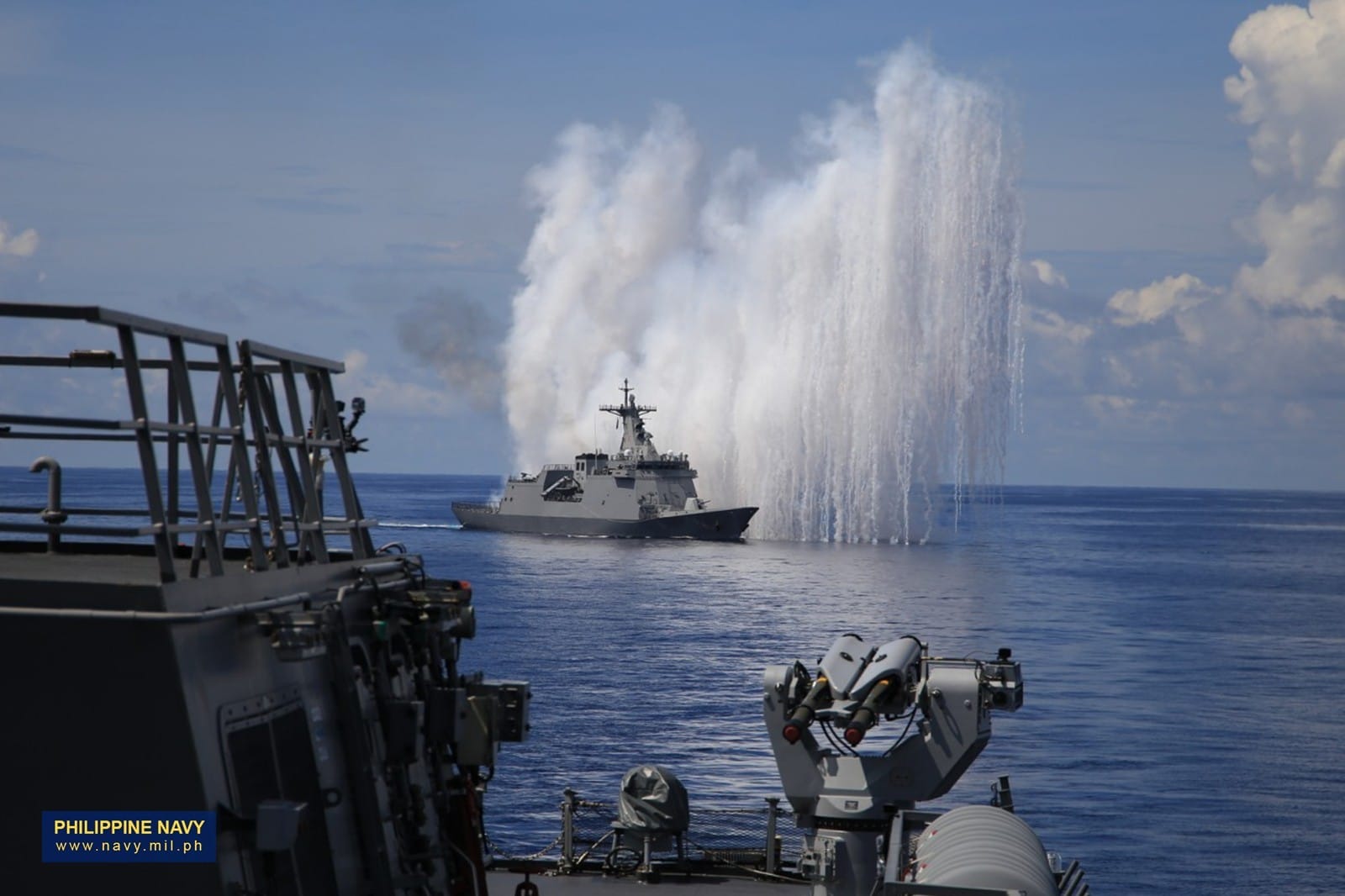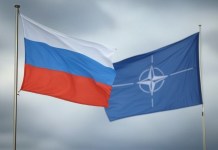In the face of escalating maritime tension with Beijing in the South China Sea, the Philippine Navy has secured the lion’s share of the recently approved $35 billion Armed Forces of the Philippines (AFP) modernization budget, signaling a notable recalibration in defense allocations.
According to a report by Philippine-based news outlet Philstar, on May 2, Philippines President Ferdinand Marcos Jr. greenlit the $35-billion budget to modernize the AFP, with the Philippine Navy securing the largest portion to fortify its presence in the contested waters of the West Philippine Sea (WPS).
Collin Koh, a maritime security expert and research fellow at the Institute of Defence and Strategic Studies in the S. Rajaratnam School of International Studies in Singapore, weighed in on the development.
Koh noted on X that the Philippine Navy’s receipt of the largest portion of the $35 billion AFP modernization budget for the first time, suggesting that the allocation could be attributed, in part, to actions by Beijing amidst the ongoing maritime tension.
The budget is slated to finance a range of acquisitions outlined in an extensive “wish list” submitted by the AFP to the President. Commodore Roy Vincent Trinidad, the Philippine Navy spokesperson for the WPS, revealed on May 1 that the budget would be disbursed over 10 years.

Commodore Trinidad highlighted the strategic distribution of funds, stating, “The larger chunk goes to the Navy, and then the Air Force, and then the Army, and then the General Headquarters. Because the thrust now is already external.”
He elaborated that the objective was to equip the Philippine Navy with capabilities spanning air, surface, sub-surface, and electronic spectrums to effectively engage in a broad spectrum of warfare scenarios.
The details of specific acquisitions and implementation strategies will be managed by the Department of National Defense, which will determine priorities and modalities, including the possibility of local manufacturing to leverage domestic labor and investments.
“Will it be bought? Will it be manufactured locally so that the local labor force can be utilized and the money will be spent here? So, we are thankful that the AFP is fully supported,” he added.
What’s On The Procurement Radar?
The spokesperson refrained from detailing the specific items on the “wish list,” but it is presumed to include the procurement of radar equipment, unmanned combat aerial vehicles, naval frigates, maritime patrol aircraft, amphibious and auxiliary vessels, and search and rescue helicopters.
These acquisitions align with the Philippine Navy’s objectives outlined in the revised iteration of the Horizon 3 plan, as previously reported by the EurAsian Times.
When asked about the Philippine Navy’s pursuit of acquiring a submarine, Trinidad declined to confirm if it was explicitly part of the wish list but said that it remained a component of the overarching plan.
Manila has been considering the acquisition of two to three attack submarines, with France or South Korea emerging as potential suppliers.
Trinidad explained, “The project is still there for undersea warfare capabilities. When you say undersea warfare, there are a lot of components to it, not just a submarine. These include support components that are on the surface like our bases and the training of our personnel.”

Trinidad pointed out that the Philippine fleet already has a submarine group, which has facilitated the training of officers and enlisted personnel both domestically and internationally.
He emphasized the importance of modernization, beginning with mindset, stating, “If our minds are outdated, even if we have new technology, we still cannot use those.”
He also underscored the Navy’s commitment to investing in the development of young ensigns, junior officers, and lieutenant junior grades.
Nonetheless, the Philippines’ heightened focus on modernizing its naval capabilities stems from escalating tension in the South China Sea, particularly with China, and concerns regarding the potential impact of a Taiwan conflict on the country’s territories in the Luzon Strait.
Despite ongoing aggression from China, the Philippine Navy asserted its commitment to not escalate tensions in the West Philippine Sea (WPS).
The Navy said that it would not provide reasons for the Chinese government to deploy warships and escalate tensions by falsely claiming Philippine-initiated conflict. The Philippines will adopt a calibrated approach to maintaining a presence in the area.
- Contact the author at ashishmichel(at)gmail.com
- Follow EurAsian Times on Google News




